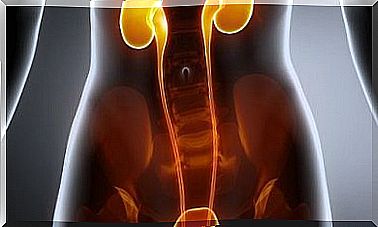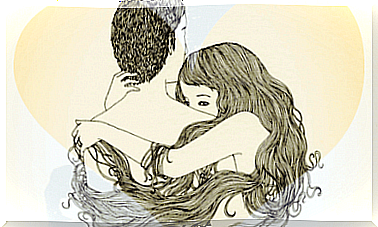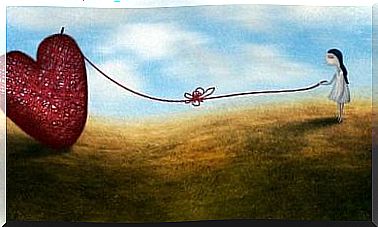Foot Warts In Children: How Do You Remove Them?

Foot warts in children are a concern for parents. When their presence is detected, questions immediately arise about why they appear, how they are transmitted and whether it is possible to remove them.
Plantar location refers to the location of the wart on the sole of the foot. However, these warts can appear anywhere on the body. The plantar wart is one of the forms of presentation within the spectrum of these lesions.
We are talking about a wart when part of the skin is more hardened than the rest, with an irregular surface and in the shape of a lump. The plantar variant is usually on the heels or on the parts of the sole of the foot that bear the most body weight.
Although not a serious condition, it can affect the quality of life of the family. Concern for the aesthetic aspect and for the child’s reactions to the discovery of the lesion are usually of the greatest concern.
We say it is not a serious condition because foot warts in children tend to disappear spontaneously, just as they appear. Specialists estimate that up to 70% of detected warts disappear within two years without medical intervention.
Cause of foot warts in children
Foot warts in children are caused by the human papilloma virus (HPV). There are over 100 strains of HPV, but not all of them are linked to plantar warts.
Coming into contact with the virus does not mean that you will inevitably develop warts. Every body reacts differently to HPV and contact can occur that does not lead to warts. Even among close relatives, the reaction can be completely opposite.
It often happens in children that they have walked barefoot on a floor where the virus is on. The floors of swimming pools, or bathrooms and changing rooms are ideal breeding grounds.
However, this is not an easily transmissible virus. It requires certain conditions of heat and humidity to propagate, and the attachment to the body is preferred when there are small wounds as ‘entrance doors’.
Once the infection is established, the wart develops very slowly. Foot warts in children can take more than a year to become visible due to their size.
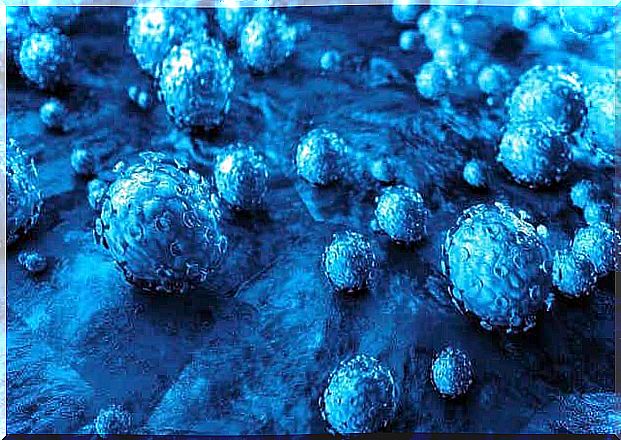
Types of foot warts in children
The shape of the wart is in most cases the same. They are skin elevations, gray or brown in color, with an irregular rounded surface. But there are variants. Warts can also have the following characteristics:
- Flat – very small, smooth and lighter in color.
- Thread-like – they are thin and elongated, as if they were a small finger. They are usually the same color as the skin.
In addition to their shape, the symptoms of foot warts in children vary. Due to its location, they can hurt when walking. In rare cases, they become infected and the boundary is usually precise, although other warts can form nearby.
We could say that the symptoms of plantar warts in children in addition to pain are the following:
- Presence of a bump: The wart protrudes from the surface of the skin.
- Hardness: The skin in the area of the wart hardens and thickens. This happens because the wart also grows inwards, although we don’t see this.
- Black dots: Small blood vessels in the affected area clot due to the presence of the wart and HPV. These small clots are seen as black dots on the skin.
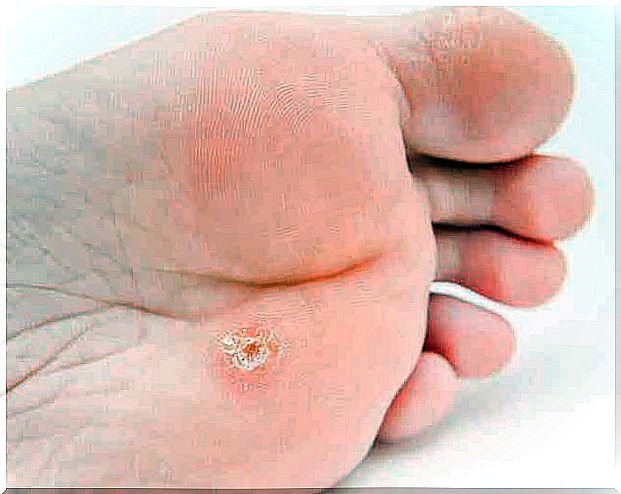
Available treatments
Foot warts in children usually disappear spontaneously. However, if there are a number of plantar warts, or if they cause pain and discomfort, there are a few treatments to choose from.
For example, among the available therapeutic options, we have:
- Topical medication: acetylsalicylic acid (Spanish link) is mainly used with direct application. This acid gradually destroys the layers of the wart so that they gradually fall off.
- Cryotherapy: Dermatologists have special techniques for cold surgery. Usually liquid nitrogen is used, which freezes the wart. It is not a single application, but requires consecutive sessions.
- Laser: Laser is reserved for plantar warts in children that have not responded to other treatments. There is no complete evidence on the effectiveness of the treatment and it can be painful. The laser should also be applied in successive sessions and not just once.
- Conventional Surgery: Classical surgical techniques still exist, although they are reserved for very special cases. There are techniques for scraping the wart, excision, or electrocoagulation. It is a method that inevitably leaves a scar.
Conclusion
Plantar warts are caused by an infection with one of the human papilloma virus subtypes. While they are usually not serious and tend to go away on their own, there is often concern when they appear. Fortunately, there are several treatments that speed up its elimination.

